
The growing dependence on the infrastructural capabilities of state of the art IT systems to leverage large data volumes and sophisticated software has made high availability a crucial business need.
- An organization’s bottom line is severely affected when access to mission critical data is interrupted
- Enterprises can no longer overlook business continuity and disaster recovery objectives if they to meet their commercial obligations to clients and stakeholders
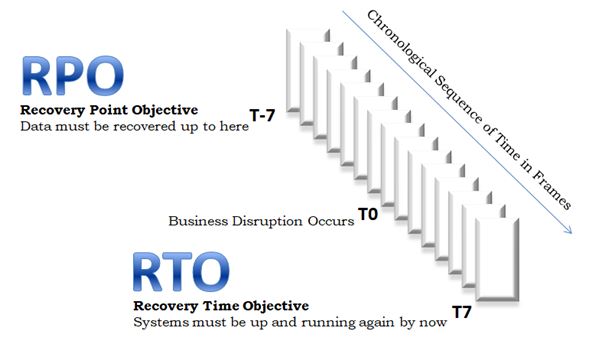
A high end DR solution can be facilitated through a combination of WAN Optimization and virtualization. The benefits include a drastic reduction of data unavailability as well as bandwidth costs.
Conventional Recovery Options
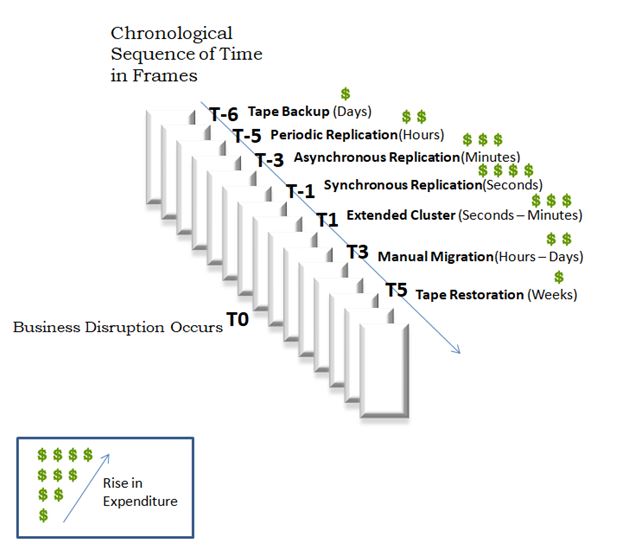
Tape Backup – Tape cartridges are used for taking backups of business data as precaution against primary storage device malfunctions or failures.
Periodic Replication – Data from primary storage devices are regularly copied onto an alternate storage device. The changes to data in both locations are synchronized through regular updates. The periodicity of replication exercises depend on the organization’s recovery point objectives.
Asynchronous Replication – Saving data is completed with an acknowledgement from the primary storage device. Devices at the alternate location are synchronized with the latest copy after a small delay. Many enterprises adopt this approach to do away with performance related glitches. However, in the event of a system failure or malfunction at the main location device, IT teams won’t be able to access the most recent data from the alternate location.
Synchronous Replication – Saving data is completed with an acknowledgement from both the primary and secondary storage devices. Most applications wait for the acknowledgement from both devices before moving on to other tasks and this tends to decrease overall speed.
Extended Cluster – Several systems are combined to work as a single, consolidated unit that ensures high availability and negligible downtime. Through a combination of high availability software and redundant IT units, business operations can seamlessly transition disruptive events.
Manual migration – Information is moved from one storage unit to another. This activity can be broken down into three main stages:
- Preparation
- Requirements Analysis
- Process Design
- Data Formats
- Migration
- Extraction
- Transformation
- Transfer
- Review
- Verification
- Data Loss
- Documentation & Review
Tape Restoration – Information backups are stored on tape cartridges that are then safely secured at the alternate location. This activity is carried out once every day or week, depending on the enterprise’s recovery point objective. Advantages include high resilience, storage volumes and write speed.
Some of the benefits of WAN Optimization across virtualized platforms include:
- A simplified, high speed Disaster Recovery Solution at a competitive price.
- High availability for applications by improving recovery point objective and recovery time objective targets
- Faster Responses to business disruptions
- Controlling data backup from a central dashboard
- Less expenditure on alternate Disaster Recovery Location without compromising on data security
- WAN expenses and DR time frames can be brought down drastically
- Solutions are data location (e.g. virtual machine, external storage) and application agnostic
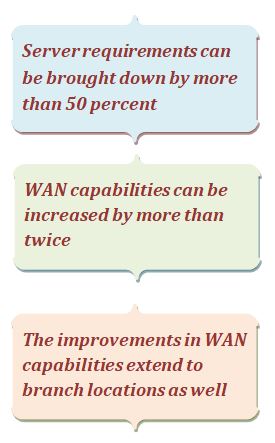
The time required for visualizing hardware by replication physical to virtual (P2V) images can be more than nine times faster
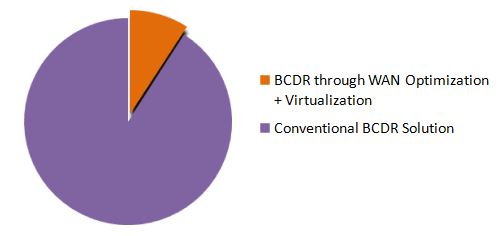
BCDR Solution Strategy
Moving BCDR solutions to a virtualized platform comes with numerous benefits.
- In a conventional business continuity and disaster recovery solution, the IT infrastructure’s hardware requirements must be replicated to the last detail for mission critical applications, which can be costly. On the other hand, virtual machines are hardware independent, allowing IT teams to leverage a BCDR solution across physical servers and virtual machines based on their specific needs
- For the same reason, expenditure on hardware can be kept to a minimum. Server utilization can be optimized during disaster recovery and testing drills
The bandwidth required for visualizing hardware by relicating physical to virtual (P2V) images can be reduced by ninety nine percent
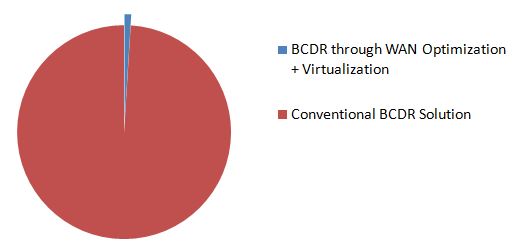
- Recovery time objectives (RTO) can also be drastically brought down through a simplified DR solution that provides greater recovery speeds
- In traditional IT DR solutions, operating systems and software are reinstalled after which data and configurations are recovered. This is an elaborate and time consuming exercise requiring high end software. Virtual machines can reduce the complexity of this procedure
- Hardware resources are bundled into virtual machine instances that facilitate recovery. Additionally, these VMs can be replicated at an alternate location, thereby cutting down the time required to restore operations
The time required for visualizing hardware by replicating a second physical to virtual (P2V) image can be three times faster
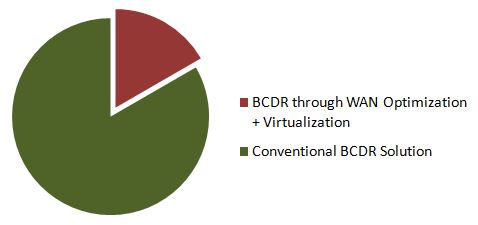
- The required bandwidth can be reduced by reducing data volumes through de-duplication, reduction and compression in order to achieve a streamlined flow of data
The bandwidth required for visualizing hardware by replicating physical to virtual (P2V) images can be reduced by 80 percent
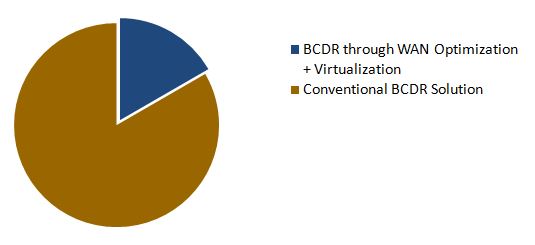
- The transmission of data packets back and forth across the connections is prevalent in networks built on chatty protocols. These and other network overheads can be reduced through transport streamlining and application streamlining
- Data replication through a combination of WAN Optimization and virtual machines can improve recovery point objectives. This is because common data across multiple virtual machine images and application data can be identified, thereby making the replication process more efficient
See for yourself how the application works
Witness our cloud based platform’s security capabilities in action
Play around with the software and explore its features
Compare and choose a solution that’s relevant to your organization
Consult our experts and decide on a pricing mechanism
Disasters
[carousel id=’1780′ items=’4′ items_desktop=’3′ margin_right=’5′ navigation=’false’] [item img_link=”https://www.stayinbusiness.com/wp-content/uploads/2016/02/Chemical-Spills-Discharges.jpg” href=”https://www.stayinbusiness.com/resource/disaster-recovery/chemical-spills-and-discharges/”][item img_link=”https://www.stayinbusiness.com/wp-content/uploads/2016/02/Riots-Public-Disturbances.jpg” href=”https://www.stayinbusiness.com/resource/disaster-recovery/riots-and-public-disturbances/”][item img_link=”https://www.stayinbusiness.com/wp-content/uploads/2016/02/Terrorism.jpg” href=”https://www.stayinbusiness.com/resource/disaster-recovery/terrorism/”] [item img_link=”https://www.stayinbusiness.com/wp-content/uploads/2016/02/worst-product-recall.jpg” href=”https://www.stayinbusiness.com/resource/disaster-recovery/product-recall/”] [/carousel]
